Rising Awareness of Infection Control Practices
Rising awareness of infection control practices among healthcare professionals and the general public is a key driver for the Infection Surveillance Solution Market. Educational initiatives and campaigns aimed at promoting infection prevention have led to a greater understanding of the importance of surveillance in controlling infections. As awareness increases, healthcare facilities are more likely to invest in advanced infection surveillance solutions to enhance their infection control efforts. This trend is further supported by the growing recognition of the economic burden associated with infections, prompting organizations to adopt proactive measures. The heightened focus on infection control is expected to drive demand for innovative surveillance technologies, thereby contributing to the growth of the Infection Surveillance Solution Market.
Increased Regulatory Requirements and Compliance
Increased regulatory requirements and compliance standards are driving the Infection Surveillance Solution Market. Regulatory agencies are implementing stringent guidelines to ensure that healthcare facilities maintain high standards of infection control. These regulations often mandate the use of infection surveillance systems to monitor and report infection rates accurately. As healthcare organizations strive to meet these compliance requirements, the demand for effective surveillance solutions is expected to rise. The market is likely to expand as facilities invest in technologies that facilitate adherence to regulatory standards while improving patient outcomes. This regulatory landscape creates a favorable environment for the growth of the Infection Surveillance Solution Market, as organizations seek to mitigate risks associated with non-compliance.
Technological Advancements in Surveillance Systems
Technological advancements play a crucial role in shaping the Infection Surveillance Solution Market. The integration of artificial intelligence, machine learning, and data analytics into surveillance systems enhances the ability to detect and respond to infection outbreaks swiftly. These technologies enable healthcare providers to analyze vast amounts of data in real-time, improving decision-making processes. As hospitals increasingly adopt electronic health records and interconnected systems, the need for sophisticated infection surveillance solutions becomes more pronounced. The market is expected to witness substantial growth as healthcare organizations prioritize investments in technology-driven solutions that offer improved accuracy and efficiency in infection monitoring. This trend indicates a shift towards more proactive infection control measures, thereby driving the Infection Surveillance Solution Market.
Rising Incidence of Healthcare-Associated Infections
The increasing prevalence of healthcare-associated infections (HAIs) is a primary driver for the Infection Surveillance Solution Market. According to recent data, HAIs affect millions of patients annually, leading to extended hospital stays and increased healthcare costs. This alarming trend necessitates robust infection surveillance systems to monitor and control infection outbreaks effectively. Hospitals and healthcare facilities are increasingly investing in advanced surveillance solutions to mitigate risks associated with HAIs. The market for infection surveillance solutions is projected to grow significantly as healthcare providers seek to enhance patient safety and comply with stringent regulations aimed at reducing infection rates. Consequently, the demand for innovative infection surveillance technologies is likely to rise, further propelling the Infection Surveillance Solution Market.
Growing Emphasis on Patient Safety and Quality of Care
The growing emphasis on patient safety and quality of care is a significant driver for the Infection Surveillance Solution Market. Healthcare organizations are increasingly recognizing the importance of infection prevention as a critical component of patient safety initiatives. This focus is reflected in the implementation of comprehensive infection control programs that utilize advanced surveillance solutions to monitor infection rates and identify potential outbreaks. As healthcare providers strive to enhance the quality of care, the demand for effective infection surveillance systems is likely to increase. Furthermore, regulatory bodies are placing greater scrutiny on infection control practices, compelling healthcare facilities to adopt robust surveillance solutions. This trend suggests a sustained growth trajectory for the Infection Surveillance Solution Market as organizations prioritize patient safety and compliance with evolving standards.


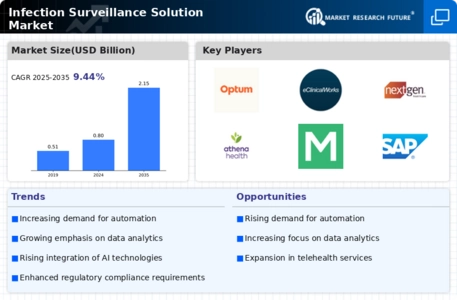
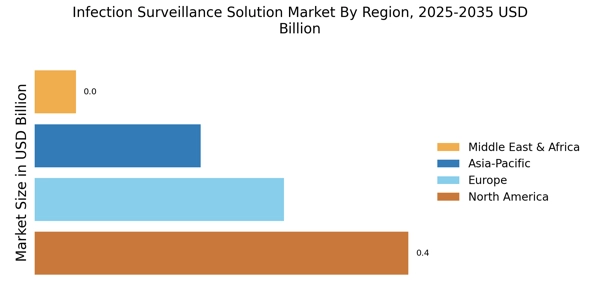
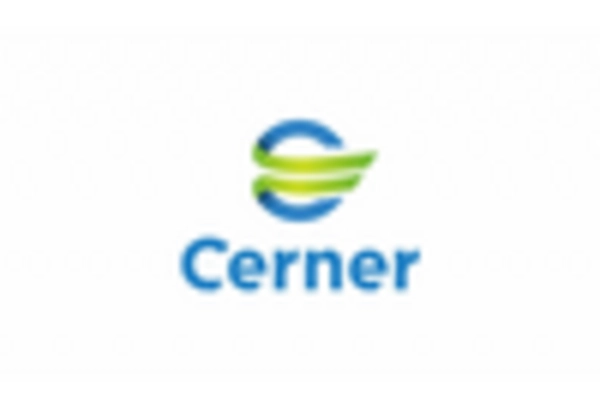
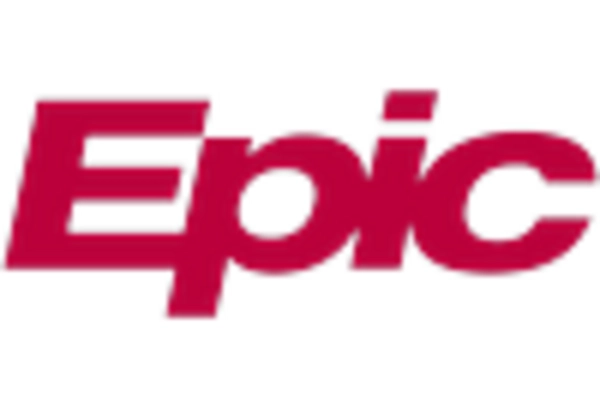
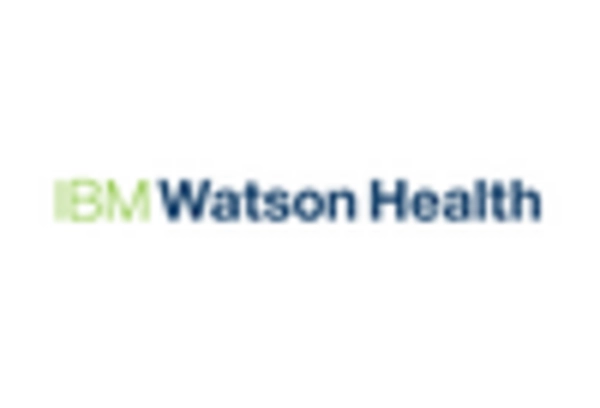
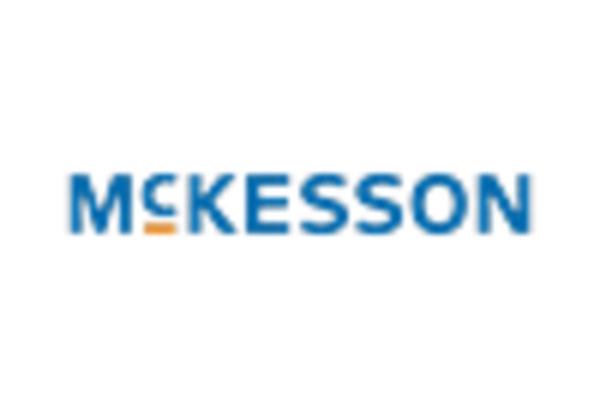










Leave a Comment